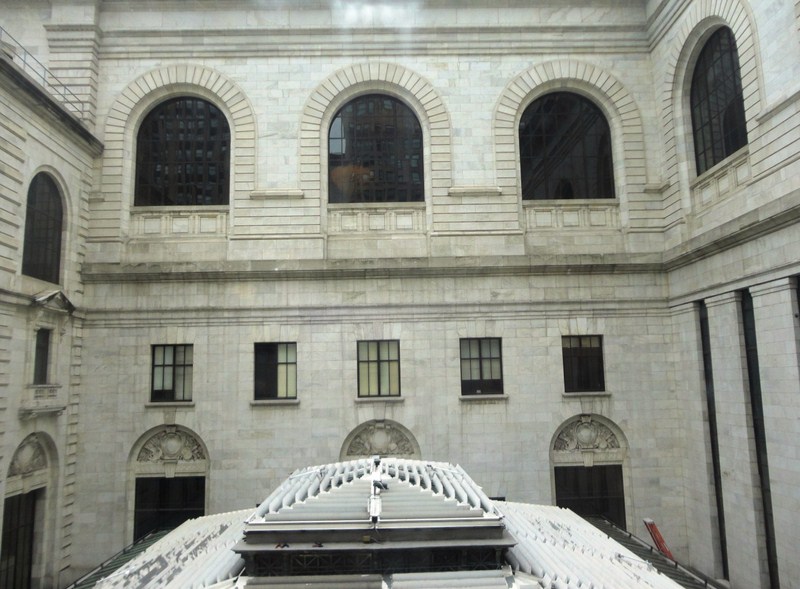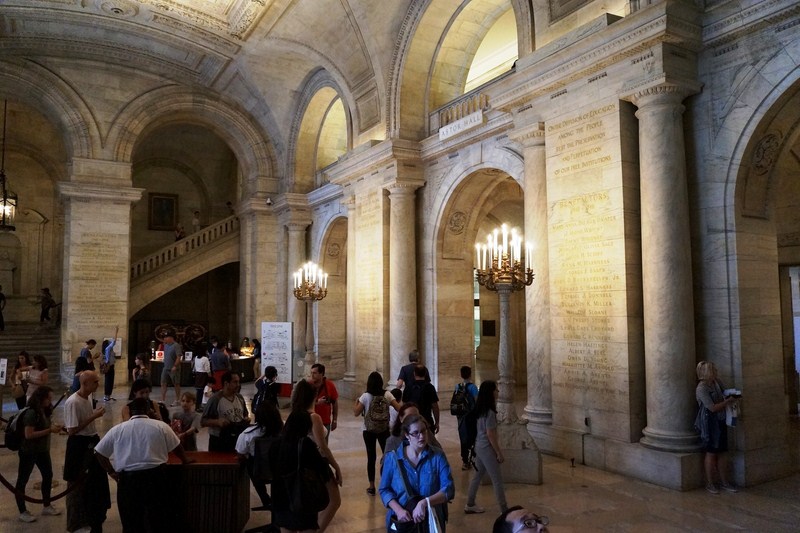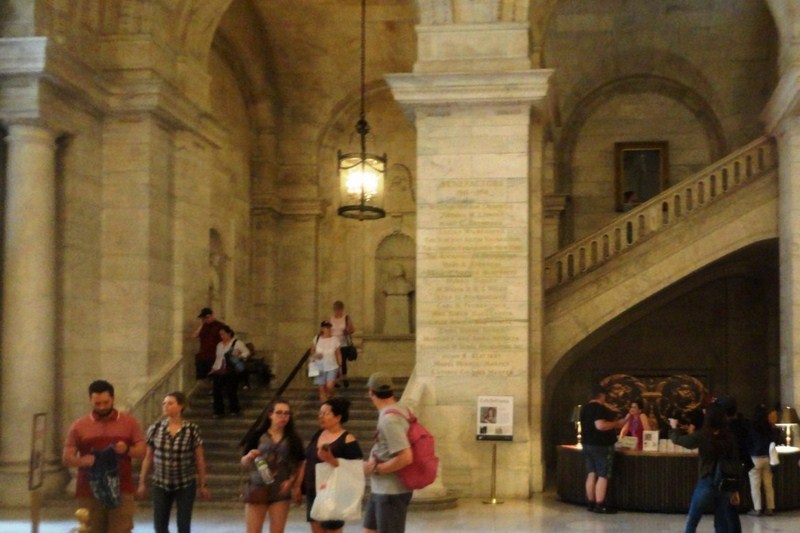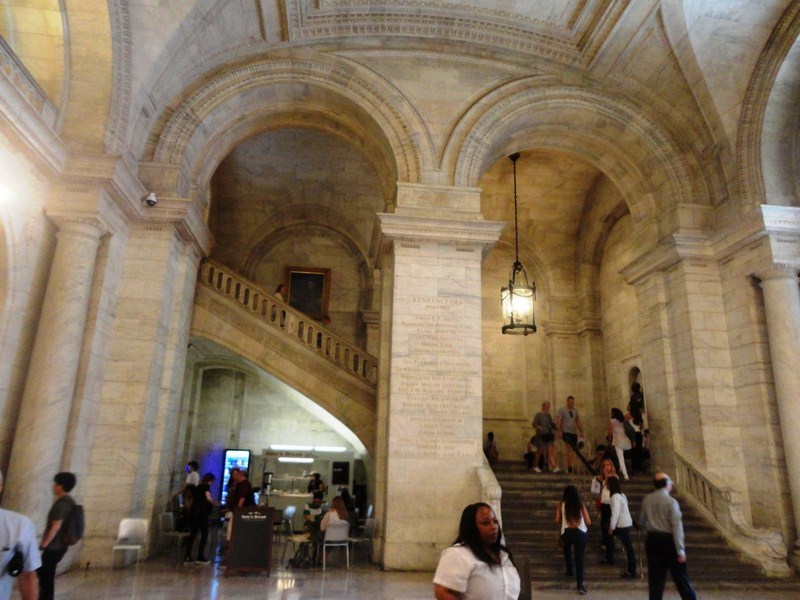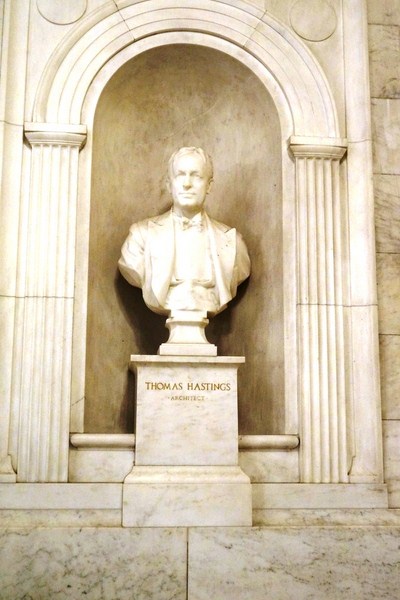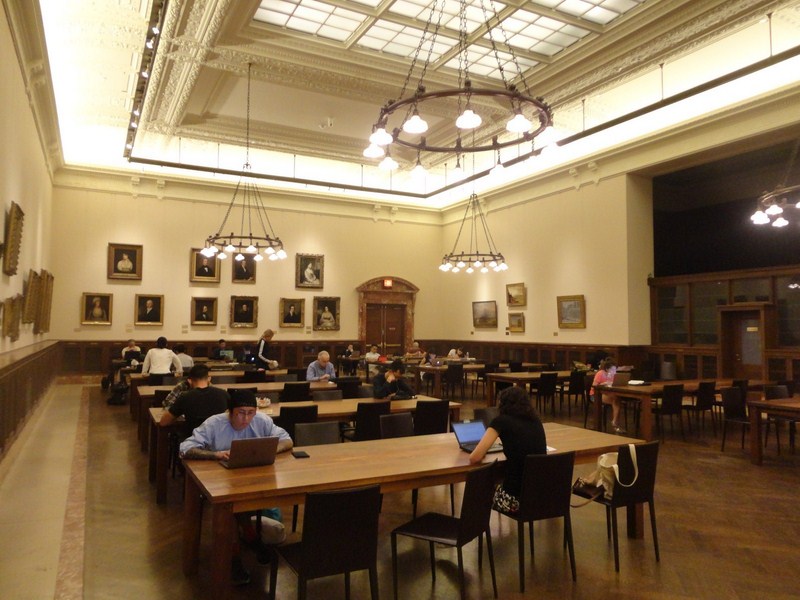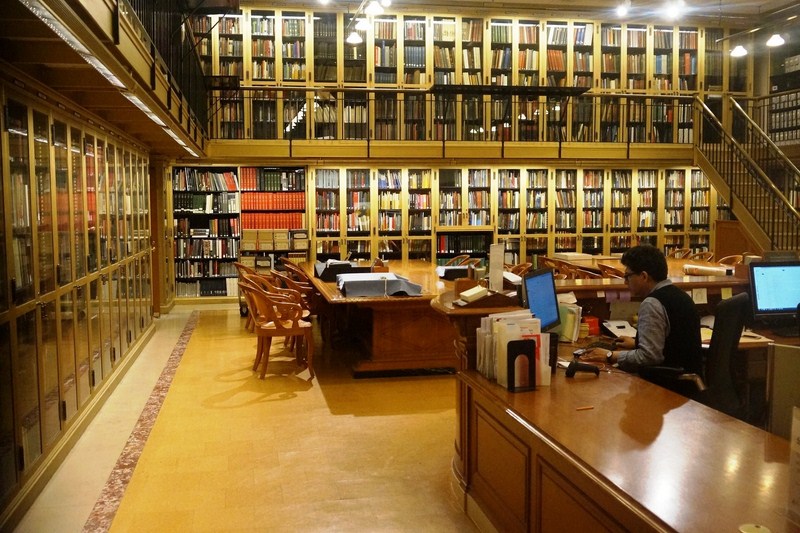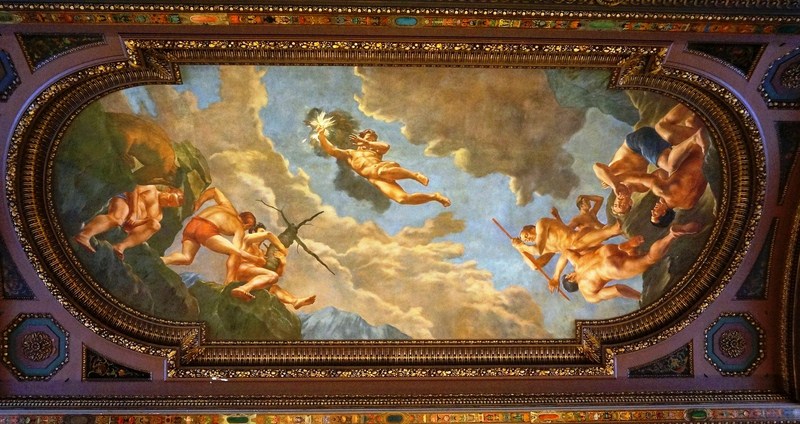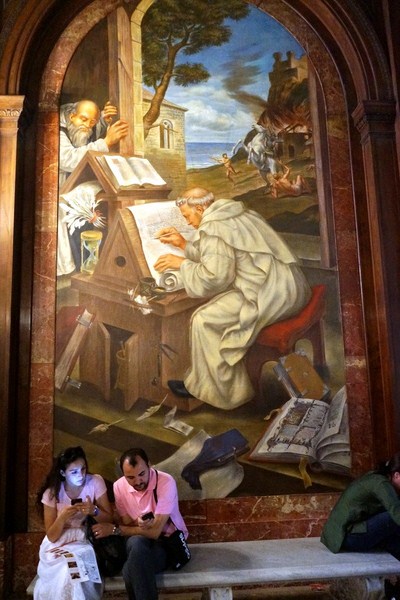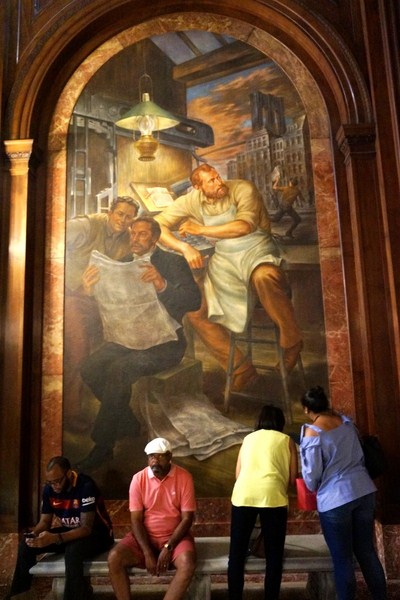This public library system in New York City, one of the world’s leading libraries with nearly 53 million items, is the second largest public library in the United States (behind the Library of Congress) and fourth largest in the world. A private, non-governmental, independently managed, nonprofit corporation operating with both private and public financing, this library has branches in the boroughs of Manhattan, The Bronx, and Staten Island, and affiliations with academic and professional libraries in the metropolitan area of New York State.
The New York Public Library, with its collection consisted of more than 1,000,000 volumes, also has four research libraries which are also open to the general public. It is famed for its possession of a Gutenberg Bible and a Philosophiae Naturalis Principia Mathematica. The iconic Stephen A. Schwarzman Building, the main branch of the New York Public Library, costing US$9 million to build, was officially opened on May 23, 1911 in a ceremony presided over by President William Howard Taft. That same day, after a dedication ceremony attended by 50,000 people, the library was open to the general public. In 1965, the building was declared as a National Historic Landmark.
The massive building exterior, which has suffered damage from weathering and pollution, underwent a three-year, $50 million renovation and restoration, underwritten by a $100-million gift from philanthropist Stephen A. Schwarzman (his name was inscribed at the bottom of the columns framing the building’s entrances) and overseen by Wiss, Janney, Elstner Associates, Inc., and the refurbished facade was unveiled on February 2, 2011.
The library, a French Beaux-Arts masterpiece designed by architects Carrère & Hastings, was the largest marble structure up to that time in the United States. The two reclining, placid but attentive stone lions (nicknamed Patience and Fortitude) guarding the entrance, sculpted by Eward Clark Potter, was carved by the Piccirilli Brothers.
This 3-storey building’s broad street frontage, along Fifth Avenue, adds to the variety and dignity of the streetscape. The library’s main façade expands horizontally and completely dominates the field of vision. The terrace, which lifts up the building from street level, is accessed by a wide, inviting stairway.
The central portico, composed of 3 large, semicircular arched openings with a tall, sculpted attic, is reminiscent of an ancient Roman triumphal arch (a symbolic reference suggesting a ceremonial welcome). The allegorical fountains (Truth to the right and Beauty to the left), by Frederick MacMonnies, are embedded in the walls adjacent to the portico.
The interior, organized around a central circulation core, has a grand entry hall, two courtyards and a modest but exquisitely-detailed lobby split into two stairs which take the visitor to the functional rooms of the second floor and then, further up, to the spacious and stately reading room on the third floor.
Today, it is equipped with computers, with access to library collections and the Internet, and docking facilities for laptops. Many writers and scholars, selected annually, have accomplished important research and writing at the library through a Fellows program that makes reserved rooms available for them.
The rectangular McGraw Rotunda, set beneath arched bays and over 17-ft. high paired Corinthian walnut pilasters, has a richly decorative, Renaissance-style ceiling, with coffered (sunken) panels and painted, by James Wall Finn, with the vast, luminous, 27 by 33-ft. mural “Prometheus Bringing the Gift of Fire.” The colorfully cloudy sky is provided with the bright natural light by the massively-scaled windows.
A set of four large arched panels by Edward Laning, featuring “The Story of the Recorded Word” (the story depicted across each of the murals illustrate crucial periods of development in the history of books and printing) were executed from 1938 to 1942 as part of a Works Progress Administration (WPA) Project, with supplies furnished by Isaac Phelps Stokes (author of the “Iconography of Manhattan Island’).
Moses with the Tablets of Law, the first mural, to the left of the entrance to the Bill Blass Public Catalog Room, depicts Moses, as recorded in the Book of Exodus, descending from Mount Sinai with the Ten Commandments.
The Medieval Scribe, the second mural to the right of the same door, depicts a monk of the Middle Ages copying a manuscript while, behind him, is a scene of destruction and rapine.
Gutenberg Showing a Proof to the Elector of Mainz, the third mural to the left of the doorway to Room 316, depicts Johann Gutenberg showing a proof of his Bible to Adolph of Nassau, Elector of Mainz.
The Linotype-Mergenthaler and Whitelaw Reid, the fourth mural to the right, depicts Ottmar Mergenthaler (America’s contribution) at the keyboard of his linotype as his patron, Whitelaw Reid of the New York Tribune, examines a page printed by the new device.
New York Public Library (NYPL): 476 5th Ave. cor. 42nd St., New York City, New York 10018, U.S.A


